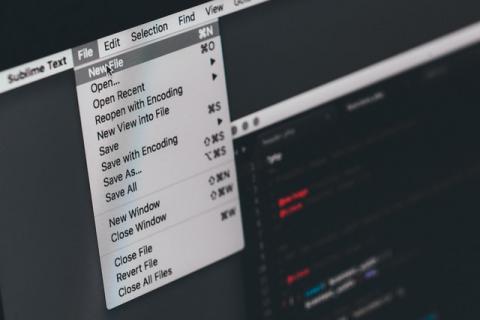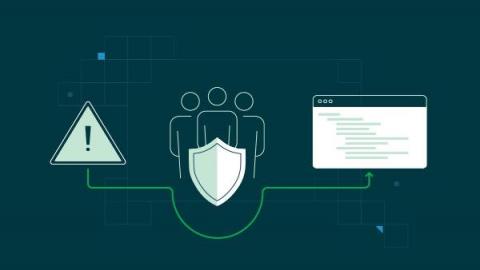Eliminating Toil In SRE
Toil is a term coined by Google which describes the repetitive and tedious tasks associated with running a production service. Toil tends to be manual and devoid of any long-term value. Toil is not just ‘work I do not like to do’. Each time an engineer engages with a production system, it represents time devoted to toil. These types of tasks get worse as your service grows even more extensive. Site Reliability Engineers (SRE) should spend less time on toil.











